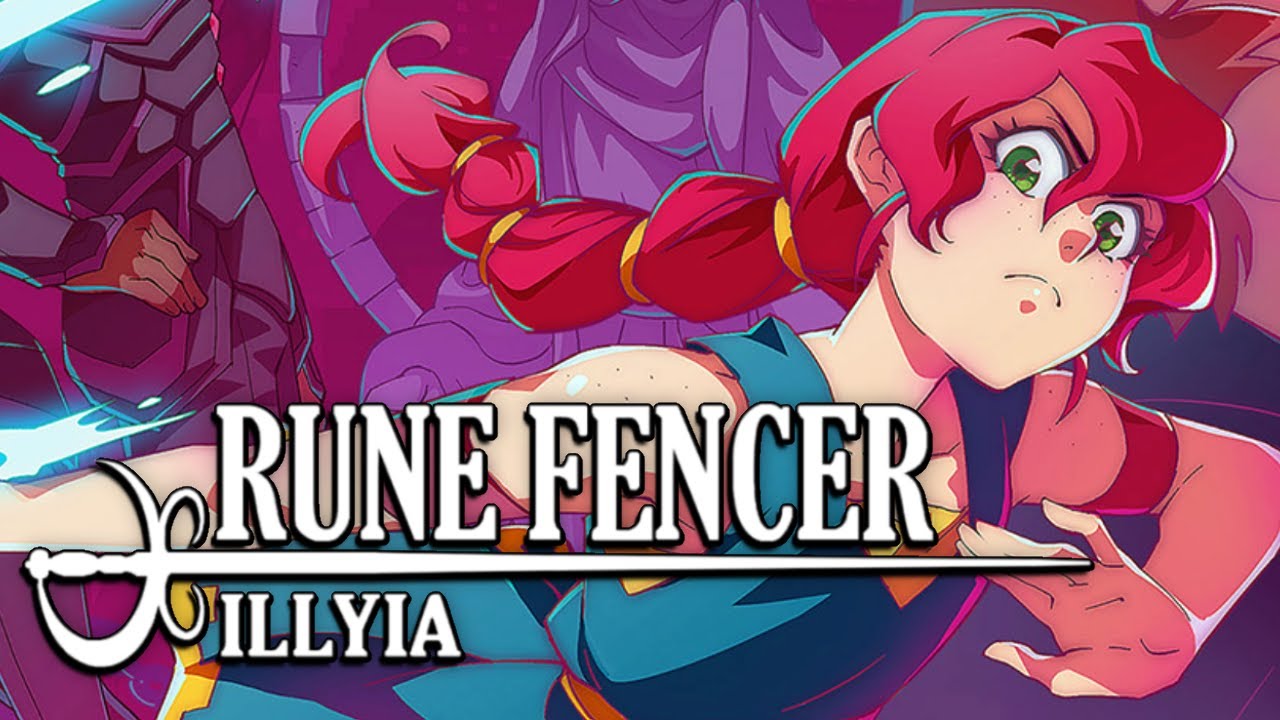Koji Igarashi is currently working on a title named Bloodstained: Ritual of the Night — a spiritual successor to Castlevania. In an attempt to promote the game at PAX West, he was at the “Single-Player is Dead; Long Live Single-Player” panel to discuss his thoughts on the future of single-player games.
Publication site gamesindustry.biz struck up an interview with Igarashi at the panel to further see what his opinion is on the “popularity of multiplayer-exclusive games.”
According to the media outlet, Igarashi doesn’t see the scale of single-player or multiplayer games changing much in the future. When asked what he thinks, Igarashi responded:
“I think things won’t change, because there is a difference between people who play single-player games and people who play multiplayer games, as much as there are differences between people who are introverts and extroverts. There isn’t anything we need to do [to ensure single-player games can sustain themselves]. There will always be people who enjoy playing single-player games more than multiplayer games.”
Moreover, Igarashi did touch on the recent profitability of multiplayer-focused games, along with where the single-player games are coming from and how they fit into the current day market by stating:
“It’s very difficult that multiplayer games are so profitable, but single-player games are where a lot of indie games come in. With single-player, you can create the game you want to create. We leave multiplayer games up to the larger publishers looking into the market, but it’s very adventurous to create a single-player game with larger publishers. We started out as a Kickstarter project, and before we started the project, a lot of larger publishers said there wasn’t much of a market for sidescroller games [like Bloodstained]. But we proved them wrong by having a successful campaign.
With the rise of multiplayer games, I don’t think single-player is in danger. A game doesn’t have to be profitable, it just has to break even.”
The conversation later shifted on the difference between the indie scene in the Western market and in his homeland (Japan), where Igarashi notes:
“In Japan, indie developers are mostly people who came from a larger publishing company that want to start their own company. In America, even just a student could create a game and be able to publish that as an indie title, and create whatever they want to create. That sort of thing is more of a hobby for people in Japan and it’s not very profitable. A lot of people who do that can’t break even.”
Staying on the topic of indie games, the publication site when talking to Igarashi wanted to know the difference between indie and non-indie games in Japan. Igarashi explained:
“It’s very hard to differentiate between indies and non-indies. It’s now split into triple-A title or indie, and there’s not something that’s in-between. And when we talk about team sizes, in the older days we were working with only a few people and that wasn’t considered indie back then. That’s where I’m a little confused, but it’s also something I’m starting to learn more about with the indie scene being bigger and even people using the word indie.
The Bloodstained team is about 20 people, maybe a little less, but I consider that a big team. Back when I used to work on earlier titles, there’d be only about four people working on some of them.”
Igarashi thinks the Japanese indie industry will be able to change in the future due to “big companies like Nintendo” having a “strong indie presence.” However, when Igarashi and ArtPlay are making games, they don’t have a target audience in mind instead they make games the way they want:
“We don’t really try to think about where to target our audience. When we try to target a global audience, or a Western audience, it doesn’t work out. A perfect example would be for Symphony of the Night. That was marketed to a Japanese audience, and since we’re Japanese and we know the culture, that’s basically what we were good at. So it was very surprising to see it was a huge success globally. We don’t try to focus on one or the other, but we need to agree on what we feel is enjoyable to play. We talk about audiences, but it’s not something we target.”
Lastly, Igarashi noted that the publisher 505 Games suggests a lot of game elements to them, and if they don’t agree, the team declines those suggestions. The same concept applies to fans and Kickstarter backers. However, Igarashi wants to incorporate an action genre feel to all ArtPlay games as of now, but beyond that, there’s nothing set in stone what ArtPlay will bring from here on out:
“There’s not really a vision for what I want ArtPlay to be. I bet a lot of people think, ‘ArtPlay is the company Iga is at.’ That’s sort of the general feeling everyone has about this company. I want all our games to incorporate an action genre feel. Beyond that, we don’t know if we’ll delve into other genres or if we’ll fall back on nostalgia. We don’t see where we’re going, really. Whatever we feel like we want to put out at the time, we’ll do that, but we won’t be tied to one thing. We’re going to keep being that company that I’m at.”
Bloodstained: Ritual of the Night, the 2.5D platformer, will release sometime in 2019 across PC, PS4, Xbox One, and Switch.

